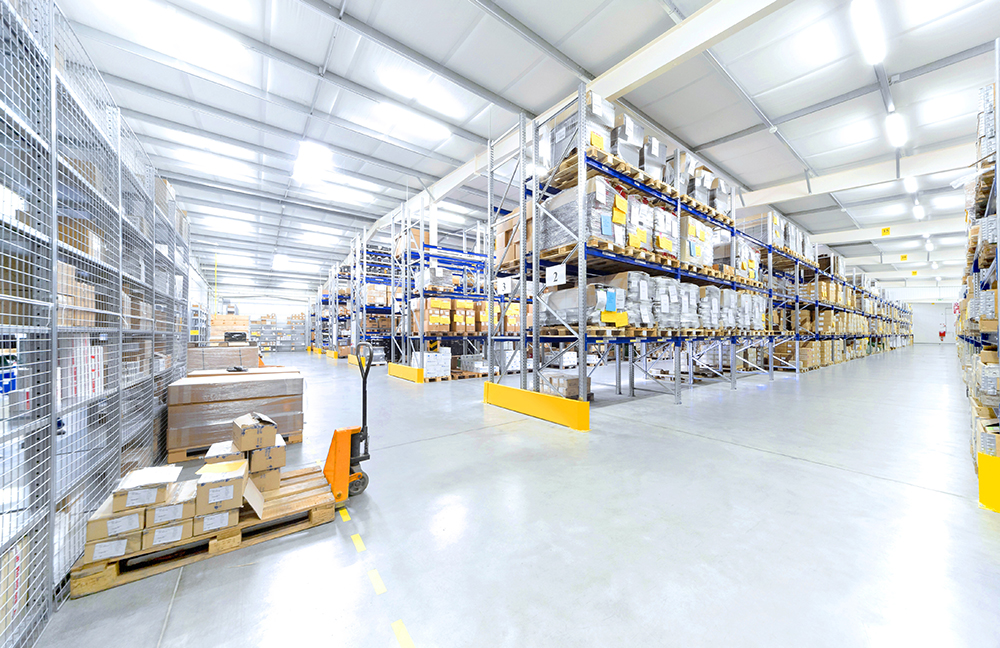
Nathan VonGunten, Director
GRS | Title
(330) 267-4405
[email protected]
Two big pieces of news have recently come out of commercial real estate’s industrial REIT sector, though they might be a little different.
Industrial Property Trust, a non-traded REIT with $3.3 billion of assets under management, is reportedly putting itself up for sale by controlling group Black Creek Group, which has its hands in several commercial real estate ventures.
Meanwhile, Prologis, the largest industrial REIT, with more than 3,200 buildings globally, reportedly is opening its first ground-up multi-level asset in the United States, in Seattle, to be closer to urban consumers that increasingly rely on online shopping. Though its first domestically, ProLogis has several such buildings already operating in Asia. The company last year redeveloped a former furniture warehouse in New York City to make it a two-story industrial facility.
Though Industrial Property Trust is publicly held, Prologis, during a recent investor presentation, said it achieved 9.1 percent returns last year, and executives expect them to hit 7.2 percent in 2018. It also predicted that logistics should be the best-performing commercial real estate asset class through 2021, with 7.1-percent returns. A lot of this is fueled by e-commerce growth, with a whopping 162-percent rise projected between 2015 and 2020. Meanwhile, vacancy rates in the United States are hovering around four percent.
In other big industrial news, Blackstone Real Estate Income Trust recently snapped up a 22-million-square-foot portfolio for $1.8 billion, showing more big-money faith in the sector. Called Canyon Industrial Portfolio, it includes assets in the Chicago area, Dallas, Los Angeles and other major metro and counts Amazon, FedEx and the U.S. government among big-name tenants. The deal tripled Blackstone’s industrial holdings in one swoop.
Much of this is in line with a Newmark Knight Frank report on the sector’s fourth quarter. As of that time, there were about 220 million square feet of industrial under construction on top of 233.2 million square feet of deliveries in 2017. And based on low vacancy rates, absorption is keeping up with that pace.
The only warning signs for industrial seem to be how a change in trade policy could impact the sector. Even a negative scenario, which could impact an already tight construction-employment market, could take quite a long time to come to fruition.
In the meantime, commercial real estate investors are in a good place, being involved in the industry’s hottest sector.

